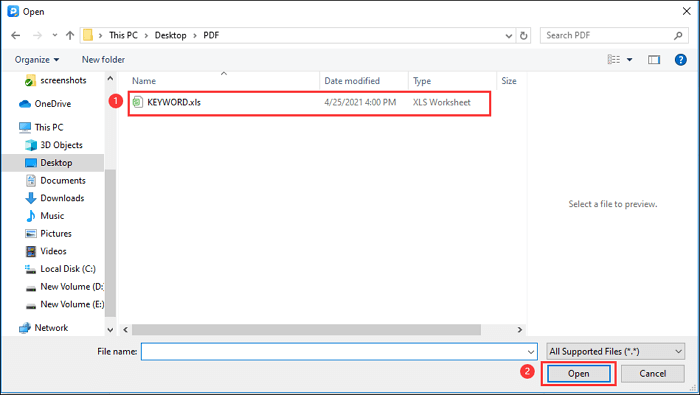


- #MICROSOFT OPEN XML CONVERTER FREE DOWNLOAD HOW TO#
- #MICROSOFT OPEN XML CONVERTER FREE DOWNLOAD CODE#
Use An Online Editor to View, Edit, or Convert XML Files It’s not as pretty as the color-coded view you get with something like Notepad++, but it’s a far sight better than what you get with Notepad. When the file opens, you should see nicely-structured data. Just select your web browser from the list of programs. If not, you can right-click the file to find options for opening it with whatever app you want. So, double-clicking an XML file should open it in your browser. And in fact, your default web browser is likely set up as the default viewer for XML files. If don’t really need to edit XML files, but just need to view them on occasion, the browser you’re using to read this article is well-suited to the job.
#MICROSOFT OPEN XML CONVERTER FREE DOWNLOAD HOW TO#
RELATED: How To Replace Notepad with Another Text Editor in Windows Use a Web Browser to View the Structured Data Here is the same XML file opened in Notepad++: So while Notepad might be useful for quickly checking out an XML file, you’re much better off with a more advanced tool like Notepad++, which highlights syntax and formats the file the way it’s intended. The file does open, but as you can see, it loses most of its formatting and crams the whole thing onto just two lines of the document. Instead, XML allows users to create their own markup symbols to describe content, making an unlimited and self-defining symbol set.Įssentially, HTML is a language that focuses on the presentation of content, while XML is a dedicated data-description language used to store data. XML doesn’t have a predefined markup language, like HTML does. The thing that differentiates XML, though, is that it’s extensible.
#MICROSOFT OPEN XML CONVERTER FREE DOWNLOAD CODE#
For example, the following simple HTML code uses tags to make some words bold and some italic: This is how you make bold text and this is how you make italic text It’s probably easiest to compare it to another markup language with which you might be familiar-the Hypertext Markup Language (HTML) used to encode web pages. HTML uses a pre-defined set of markup symbols (short codes) that describe the format of content on a web page. It does this through the use of tags that define the structure of the document, as well as how the document should be stored and transported. XML is a markup language created by the World Wide Web Consortium (W3C) to define a syntax for encoding documents that both humans and machines could read. These are really just plain text files that use custom tags to describe the structure and other features of the document. xml file extension is an Extensible Markup Language (XML) file.


 0 kommentar(er)
0 kommentar(er)
